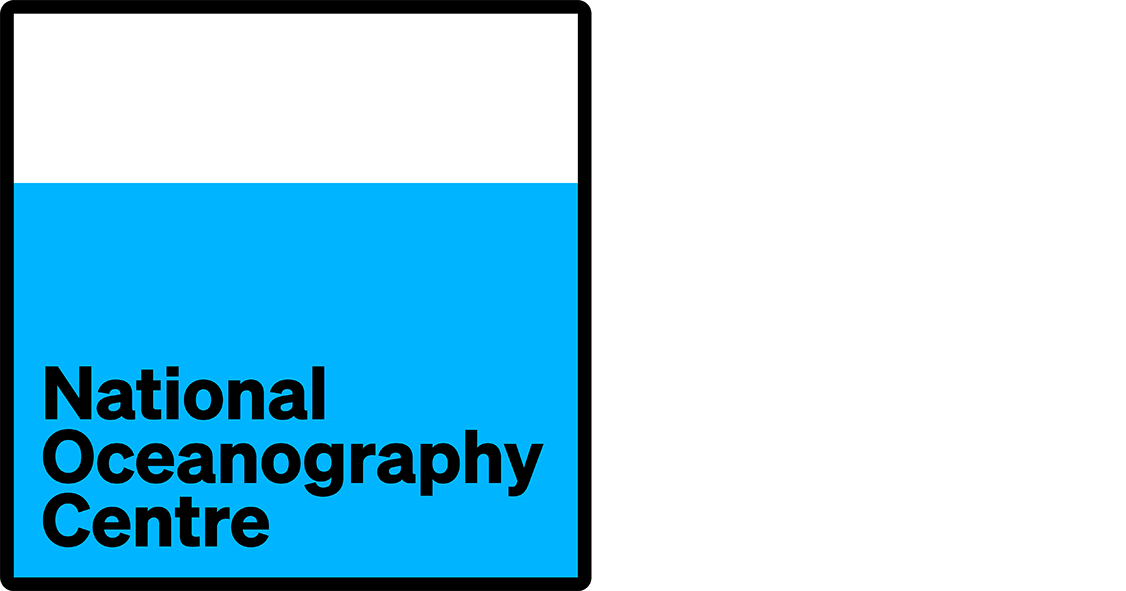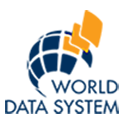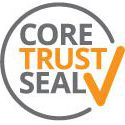BODC data products
BODC has an international reputation for managing data for large-scale scientific projects covering many disciplines and involving a wide range of data types.
Marine data products
The CDROM App has now been retired as the data products are now delivered through our Published Data Library. The Celtic Seas Bathymetry and Estuaries Database 2003 are also available digitally, please see our External Data Products pages for further details. Please contact the BODC Enquiries Officer bodcmail@bodc.ac.uk for more information.
ARABESQUE
The aim of the ARABESQUE project was to study the upper ocean microbial biogeochemistry in the Arabian Sea. Its focus was carbon and nitrogen cycling processes linked to climate change. The project was a UK contribution to the Joint Global Ocean Flux Study (JGOFS) Process Studies of the Arabian Sea. More information can be found here.
Autosub Science Missions
Autosub is an autonomous underwater vehicle (AUV). It was developed by the Ocean Engineering Division (OED) at the National Oceanography Centre in Southampton (NOC) with funding from NERC. The aim of the Autosub Science Missions was to demonstrate the usefulness of Autosub. Six Science Missions were designed to collect data which could not be obtained by research ships. More information can be found here.
BOFS
The Biogeochemical Ocean Flux Study (BOFS) was a Community Research Project of the Natural Environment Research Council. Its aim was to study the role of the oceans in the global cycling of carbon. BOFS was a major UK contribution to the Joint Global Ocean Flux study (JGOFS). The project ran from April 1987 until March 1993. More information can be found here.
Bristol Channel
The Bristol Channel Project was a study of the British Channel and Severn Estuary. It was coordinated by the NERC Institute for Marine Environmental Research (now Plymouth Marine Laboratory). More information can be found here.
DISCO
DISCO was an integrated, multidisciplinary Lagrangian study of the routes, rates and controls on the biogeochemical cycling of dimethyl sulphide (DMS) within a bloom of the coccolithophorid alga, Emiliania huxleyi. More information can be found here.
INDIA
The aims of the INDIA project were to gain a better understanding of the interactions between tides, waves, currents and sediment processes at work in the European coastal zone and to be able to predict change. More information can be found here.
LOIS RACS
The Land-Ocean Interaction Study (LOIS) was a NERC research programme designed to study processes in the coastal zone. The Rivers, Atmosphere and Coasts Study (RACS) was a major component of LOIS that looked at land-sea interactions in the coastal zone and the major exchanges (physical, chemical and biological) between rivers and estuaries and the atmosphere. The study focused on the east coast of the UK from the Wash to the Tweed. More information can be found here.
LOIS SES
The Land-Ocean Interaction Study was a NERC research programme designed to study processes in the coastal zone. The Shelf Edge Study (SES) was the part of the LOIS project designed to study the processes happening in the slope region where the continental shelf and oceanic systems interact. More information can be found here.
MAIA
The main objective of MAIA was to develop an inexpensive, reliable system based on coastal sea level data, for monitoring the inflow of Atlantic water to the Nordic Seas. MAIA was a research project within the Fifth Framework programme of the European Commission (Contract EVK2-CT-1999-00008). More information can be found here.
North Sea Project
The North Sea is an important resource shared by many nations with a wide range of potentially conflicting activities. The ultimate aim of the North Sea Project was to develop computer based models which would: increase scientific understanding, enhance scientists' ability to predict the impact of man's activities, and support effective management of this natural environment. More information can be found here.
NTSLF
The UK Tide Gauge Network, part of the National Tide and Sea Level Facility (NTSLF), was set up to obtain high quality tidal information and to provide warning of possible flooding of coastal areas around the British Isles. More information can be found here.
OMEX I
The Ocean Margin Exchange (OMEX) project aims were to study, measure and model the physical, chemical and biological processes and fluxes happening at the ocean margin, the interface between the open ocean and the continental shelf. The first phase of the project, OMEX I, concentrated on studying the processes happening along the northwest European shelf break. More information can be found here.
OMEX II
The Ocean Margin Exchange (OMEX) project aims were to study, measure and model the physical, chemical and biological processes and fluxes happening at the ocean margin, the interface between the open ocean and the continental shelf. The second phase of the project, OMEX II, studied processes at the Iberian continental margin. More information can be found here.
PRIME
PRIME was a NERC funded thematic project to study the role of plankton in oceanic biogeochemical fluxes. These fluxes have implications in the world's climate regulation system. More information can be found here.
PROVESS
PROVESS was a joint European project funded within the European Union’s Marine Science and Technology (MAST III) programme. The project's objectives were to improve our understanding and quantification of the vertical exchange processes in the water column. In particular, the surface and benthic boundary (sea floor) layers and across the pycnocline (a layer separating water of different densities), and to explore the mechanisms of physical-biological coupling in regions of turbulence and vertical exchange. More information can be found here.
UKDMAP
UKDMAP has been developed by BODC as a wide-ranging reference source for information on the coasts and seas around the UK. It contains over 1600 thematic charts which are displayed in a variety of ways including: contoured plots of physical, chemical and geological parameters, colour-coded distribution charts of sea use, biological and fisheries information, and oceanographic data catalogues. The data can be downloaded here.


